FormulaOne Stratos Series
The next generation of window tint has arrived.
FormulaOne Stratos auto tint with proprietary hybrid-matrix technology utilizes the most advanced non-metal technology for maximum heat rejection with no signal interference with your electronic devices like your mobile phone, GPS, keyless entry, satellite radio or tablets. You can stay connected, cool and comfortable whether you are commuting to work or taking a weekend road trip.
FormulaOne Stratos is engineered for improved comfort and less distracting glare. This new technology rejects up to 63% of solar heat to enhance your driving experience. And, it shields your passengers from > 99% of harmful UV rays* while it helps reduce interior fading and cracking due to UV ray exposure.
FormulaOne Stratos auto tint with proprietary hybrid-matrix technology utilizes the most advanced non-metal technology for maximum heat rejection with no signal interference with your electronic devices like your mobile phone, GPS, keyless entry, satellite radio or tablets. You can stay connected, cool and comfortable whether you are commuting to work or taking a weekend road trip.
FormulaOne Stratos is engineered for improved comfort and less distracting glare. This new technology rejects up to 63% of solar heat to enhance your driving experience. And, it shields your passengers from > 99% of harmful UV rays* while it helps reduce interior fading and cracking due to UV ray exposure.
Stratos Series
Exclusive to SelectPro Authorized Dealers
This series utilizes our most advanced non-metal Hybrid-Matrix nano-ceramic technology for maximum heat rejection without signal interference. Designed to compete with the top performing films on the market, Stratos is the best FormulaOne tint available for the car enthusiasts who seek to expereince superior driving comfort and the luxury of privacy in their cars.

Highest Heat Rejection
in a non-metal film for superior comfort
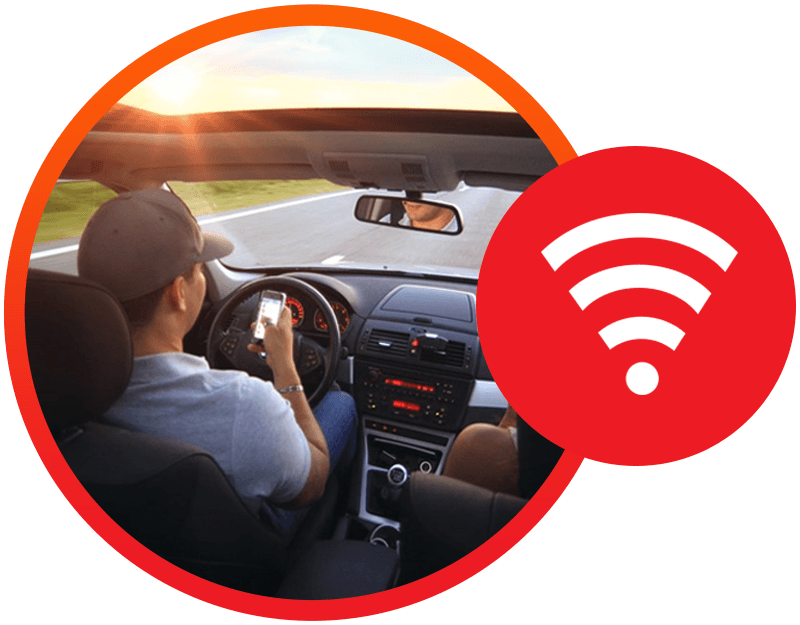
No Signal Interference
advanced technology for the connected car
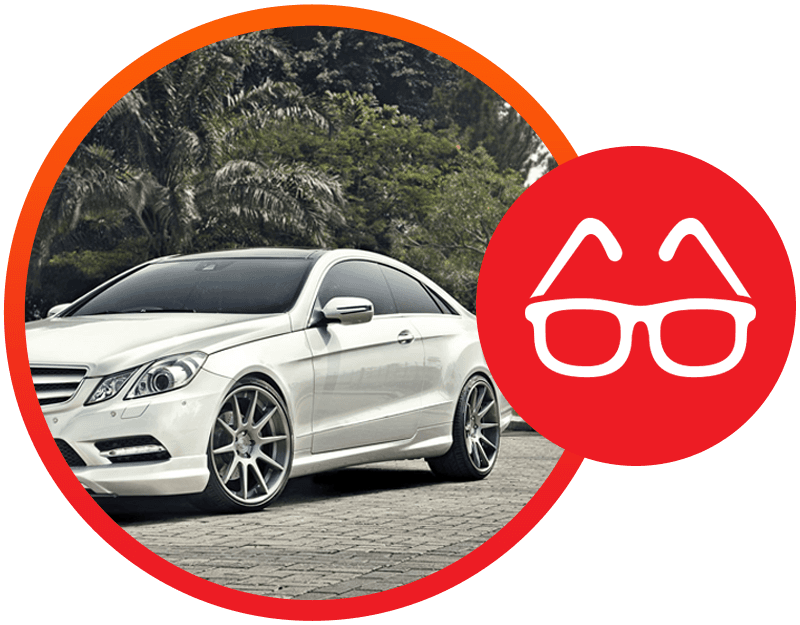
Enhanced Style & Privacy
for your most discerning customers
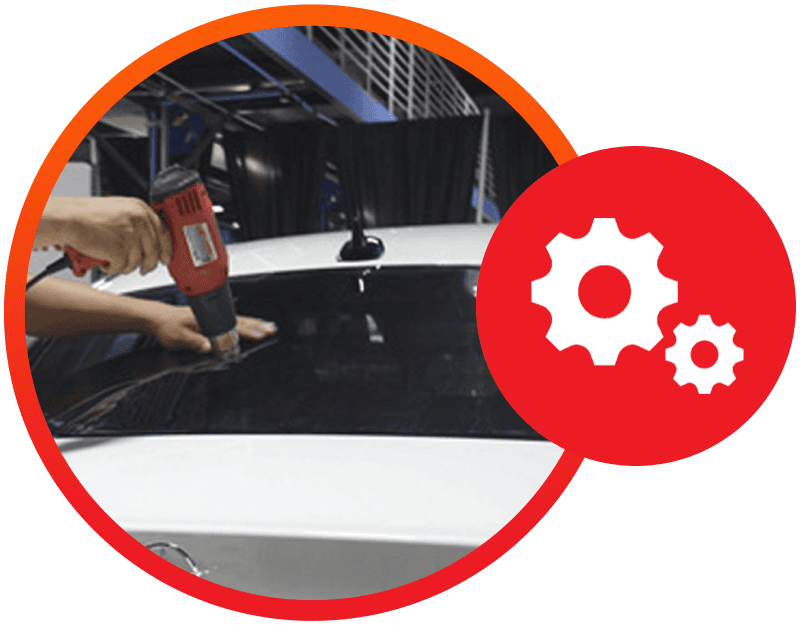
Superior Installation
with fast shrinking proper and no risk of cracking
HOW DOES HYBRID-MATRIX TECHNOLOGY WORK?
+ Billions of heat-obsorbing anaoscopic particles are layered in our innovative micro-thin film to trap infrared heat and disperse it outward through glass
+ The nano-ceramic particles do not interfere with electromagnetic wavelengths and therefore won't interfere with electronics
+ Placed side by side 2,000 of these nanoparticles are as wide as a human hair
New Stratos vs Pinnacle
Total Infrared Rejection Performance
The next generation of window tint has arrived.
The Solar Energy Spectrum
+
The Solar Energy Spectrum is composed of the UV, Visible Light and Infrared Spectrums.
• Ultraviolet = 200nm to 380nm (3% of the solar intensity)
• Visible Light= 380nm to 780nm (44% of the solar intensity)
• Infrared= 780nm to 2500nm (53% of the solar intensity)
+ The combination of these three groups makes up what we refer to in the industry as TSER or Total Solar Energy (UV+Visible+IR). TSER is a measurement of how much of these spectrums are blocked by the film/glass plus any absorbed heat that is then re-radiated into the cabin of a car from the film.
The Electromagnetic and Solar Energy Spectrum

Importance of Total Infrared Rejection (TIRR)
The Solar Energy Spectrum
+ If TSER measures all energy into the car why is TIRR important?
• Total Infrared Rejection is a good way to measure the performance differences of like technologies, in this case nano-particles (Pinnacle vs Stratos), to be able to understand the performance improvement between the films.
• Why is this?
• When developing and comparing films with like technologies and the same VLTs, only the IR spectrum can be impacted to improve the performance specs. This is because ALL FormulaOne films block >99% of the UV spectrum, and if we are comparing the same VLTs (50% VLT vs 50% VLT) the solar energy contribution from the visible light spectrum is the same. With UV and visible light the same between the same VLT films that leaves only the IR spectrum in which we can achieve improvements.
Pinnacle 50
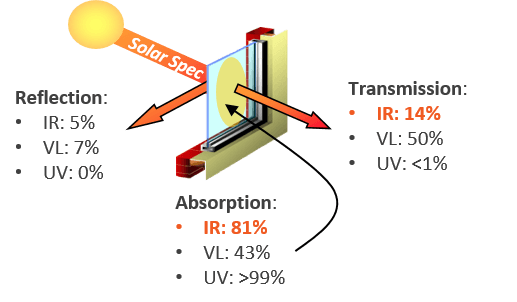
Stratos 50
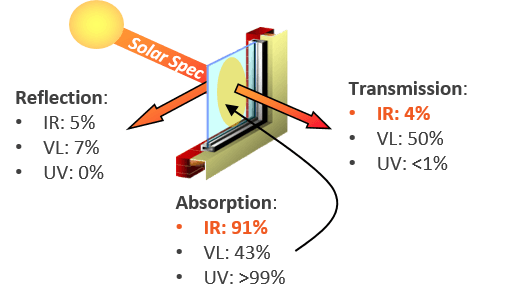
How does Stratos compare to Pinnacle?
Stratos vs Pinnacle TIRR (%) by VLT

Notes:
- EMN measurement range is aligned with the IWFA: Total Infrared Rejection properties are calculated over the spectral range of 780-2500nm.
- Data captured using NFRC guidelines and calculated for single pane, ¼” clear glass. Reported values are taken from representative product samples and are subject to normal manufacturing variances. Actual performance will vary based on a number factors, including glass type and properties.
Other questions on TIRR
+ Why do other companies measure different wavelengths than we do?
• It has been past practice for some companies to pick and choose which part of the IR spectrum to run Total IR Rejection performance numbers on and without regulation (until recently) they selected those wavelengths that benefitted them the most. Recently the IWFA (International Window Film Association) has established an approved method for calculating IR Rejection which uses the IR spectrum from 780nm to 2500nm. (This is the method we have used for some time)
• Companies that are part of the IWFA in the near future will be required to provide TIRR numbers based on this methodology. They may continue to report the IRR numbers on the select wavelengths but must provide the full spectrum data as well. For online data the reporting of TIRR is required to be available in June of 2017. For printed materials it must occur no later than December 2017.


Flying Window Tinters
407 N US Hwy 17 92
Longwood, FL 32750
Phone: (407) 695-8468
Toll Free: (866) 330-8676
Fax: (407) 695-0821
FlyingTint@hotmail.com
Monday -Saturday: 9:30am - 5:00pm
Saturday: 9:00am - 5:00pm
Service Area:
Central Florida
Seminole County
Orange County
South Volusia County
Orlando | Longwood
Lake Mary | Winter Springs
Oviedo | Altamonte Springs
Windermere | Maitland
Casselberry | Sanford
Flying Window Tinters
407 N US Hwy 17 92
Longwood, FL 32750
Phone: (407) 695-8468
Toll Free: (866) 330-8676
Fax: (407) 695-0821
FlyingTint@hotmail.com
BUSINESS HOURS
Monday - Friday: 9:30am - 5:00pm
Saturday: 9:00am - 5:00pm
Service Area:
Central Florida
Seminole County
Orange County
South Volusia County
Orlando | Longwood
Lake Mary | Winter Springs
Oviedo | Altamonte Springs
Windermere | Maitland
Casselberry | Sanford




Memberships:
IWFA | Vista | ASID
Memberships:
IWFA | Vista | ASID
© 2025
All Rights Reserved | FLYING WINDOW TINTERS


